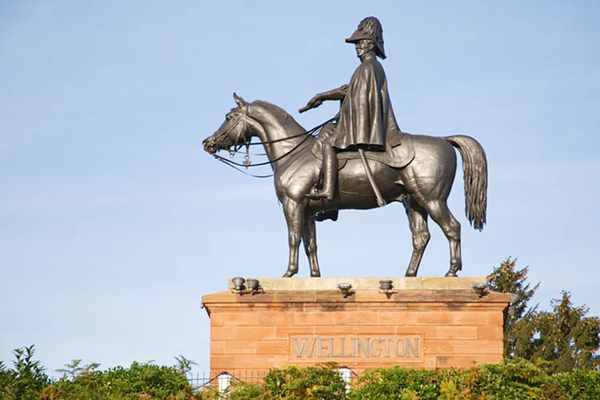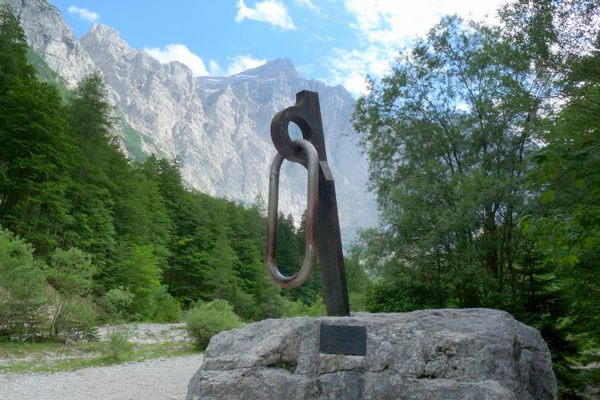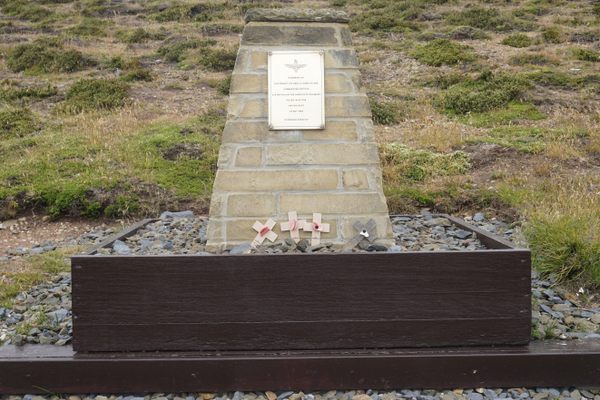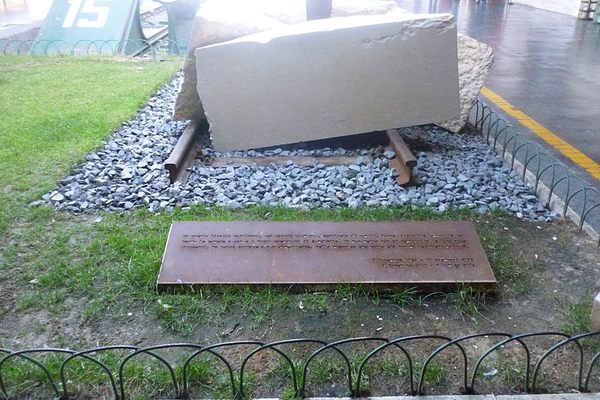AO Edited
Redan Hill Fortifications
In the mid-1800s, the British military used this hilltop fort to train soldiers.
Located 40 miles southwest of London in the town of Aldershot, Redan Fort is a fascinating historical site constructed during the mid-19th century. This was a time of great conflict that saw many wars throughout Europe. During the 1853-1856 Crimean War, an alliance between the Ottoman Empire, France, the United Kingdom, and Sardinia-Piedmont defeated the Russians, who attempted to take land from the Ottomans. Despite the Russian defeat, the British army was impressed by the redan field fortifications used by Russian forces. A redan is a V-shaped fortification that faces an enemy’s expected attack. The British army took note of the effectiveness of the fortifications and decided to construct a replica in Aldershot’s military town, just north of the town’s center. The replica was used to train British forces upon their return.
During battles, redans were highly prized due to their rapid construction and effective defense capabilities. These structures could be erected in just a few hours and enabled a small military force to withstand attacks from a much larger enemy army. In 1856, Aldershot’s Redan was constructed and became one of Britain’s earliest attempts at such a fortification. It played a crucial role in training British army personnel until its use was cut short when the railway was built through the site in the late 1860s. The hill and site continued to be used as a firing platform for ceremonial occasions for another 100 years.
The Redan Fort was renovated in the 1990s and now stands as a historical landmark for civilians to explore. The site contains a reconstruction of a gun pit, which would have taken a team of 10 men less than 45 minutes to build, and is equipped with a replica 32-pounder cannon and gun carriage.
The top of Redan Hill also offers a tree-framed view of the Cambridge Military Hospital’s clock tower. The hospital’s architects used social reformer Florence Nightingale’s guidance on the layout of the hospital when building began in 1875. Nightingale had previously advocated for better hospital conditions after seeing the harrowing conditions sick and injured soldiers endured during the Crimean War. Standing at an impressive height of 109 feet, the clock tower previously held the Sevastopol Bell, which once belonged to a pair of bells that had been taken from the Church of the Twelve Apostles in Sevastopol.
















Follow us on Twitter to get the latest on the world's hidden wonders.
Like us on Facebook to get the latest on the world's hidden wonders.
Follow us on Twitter Like us on Facebook